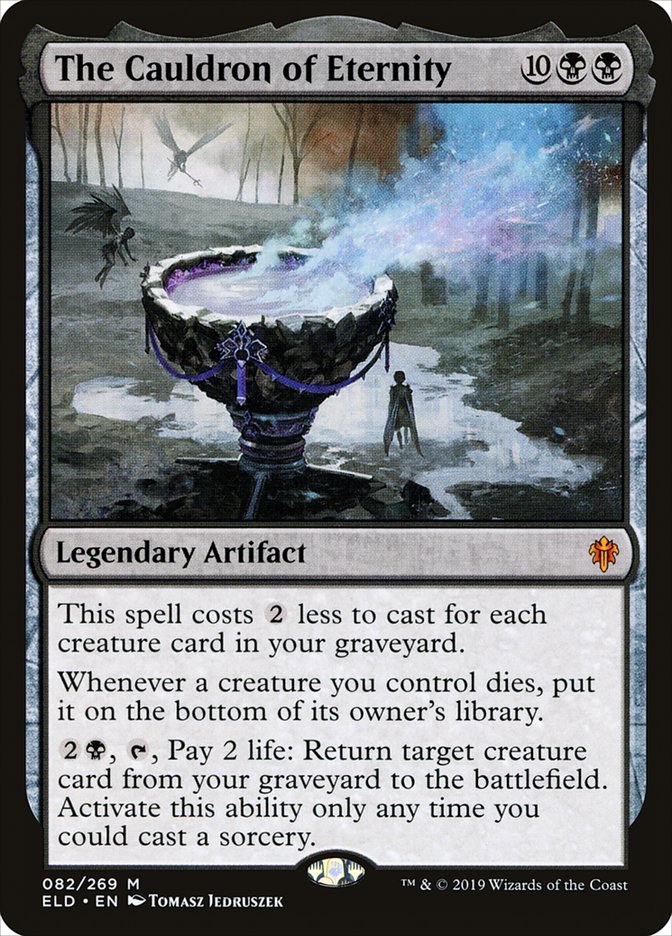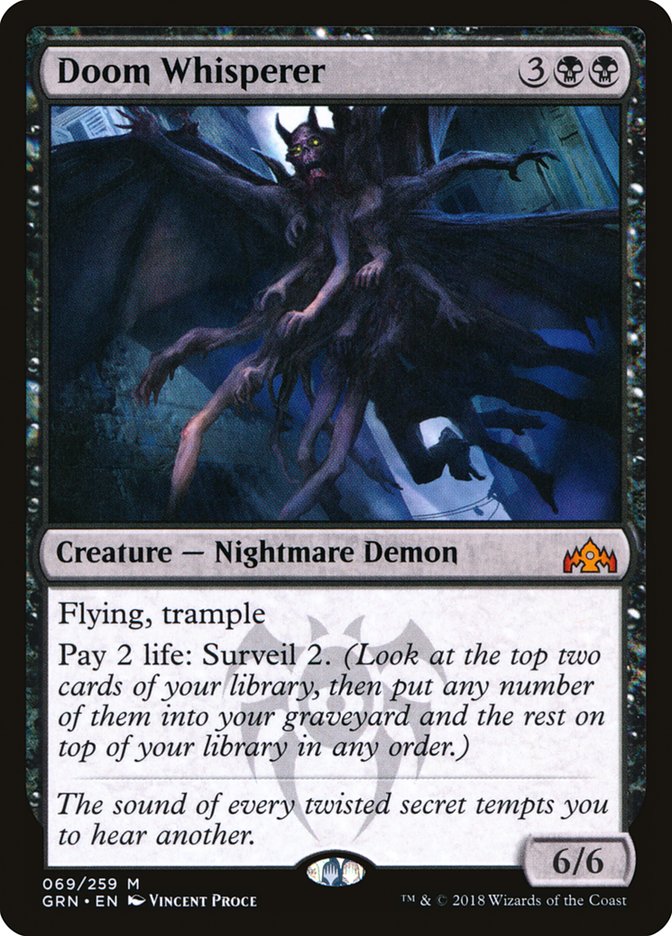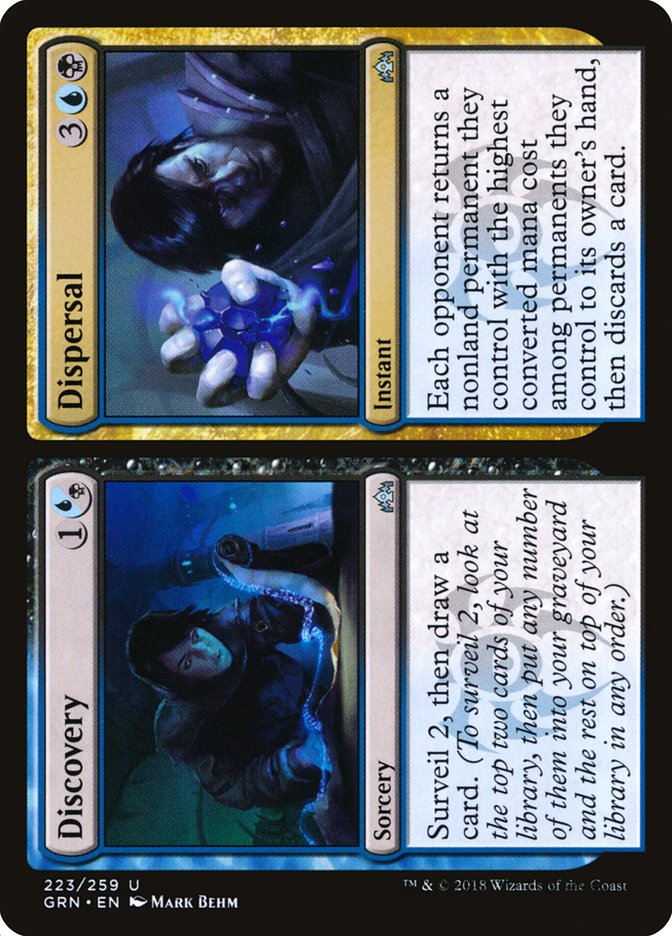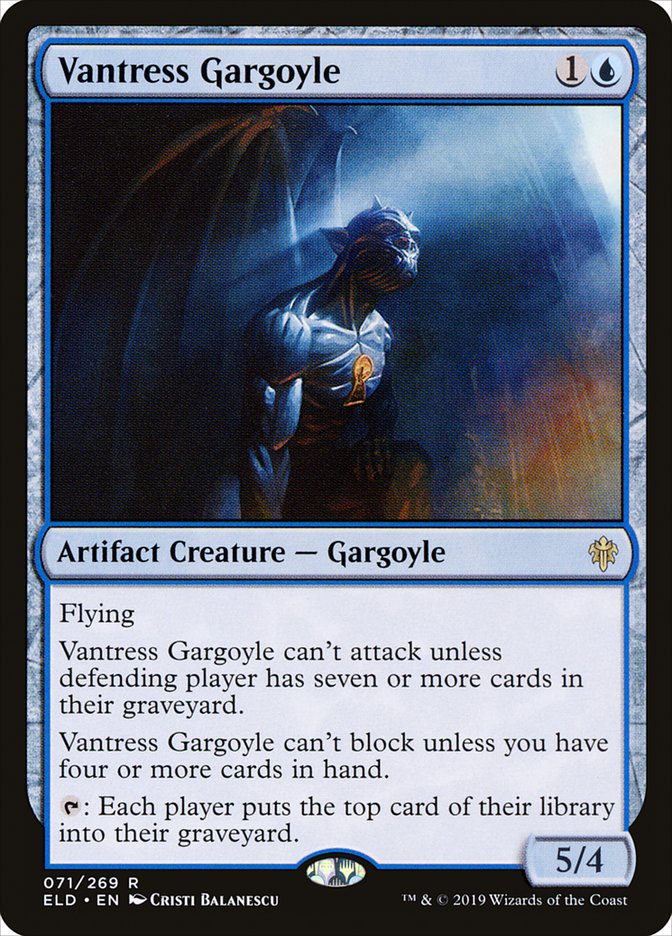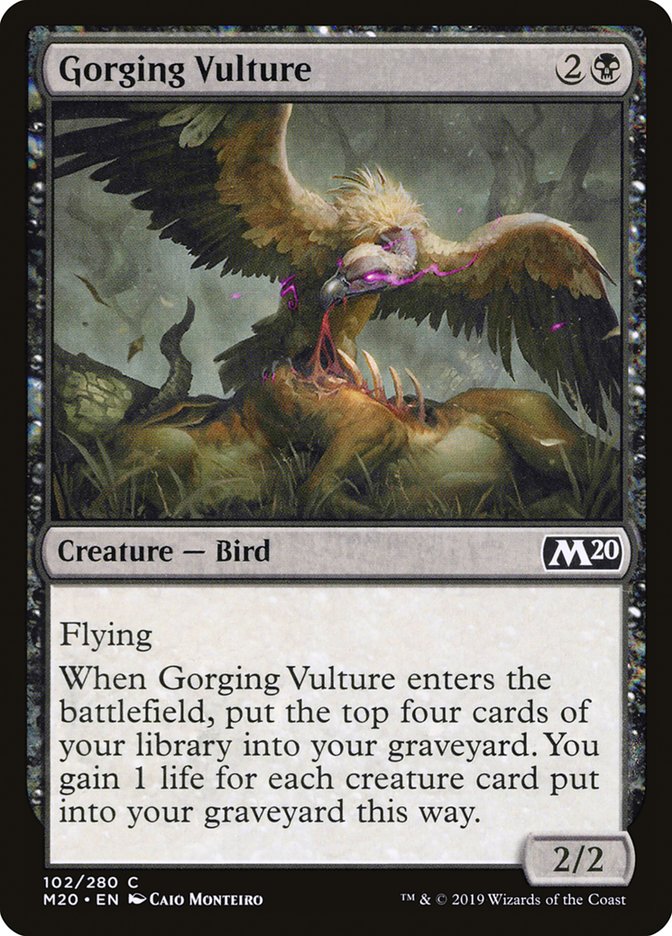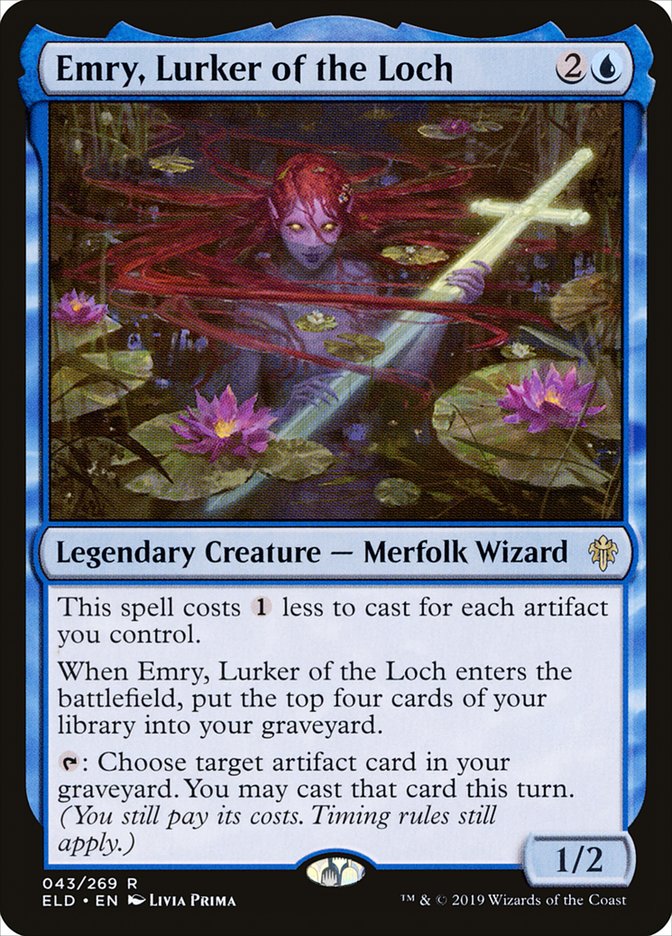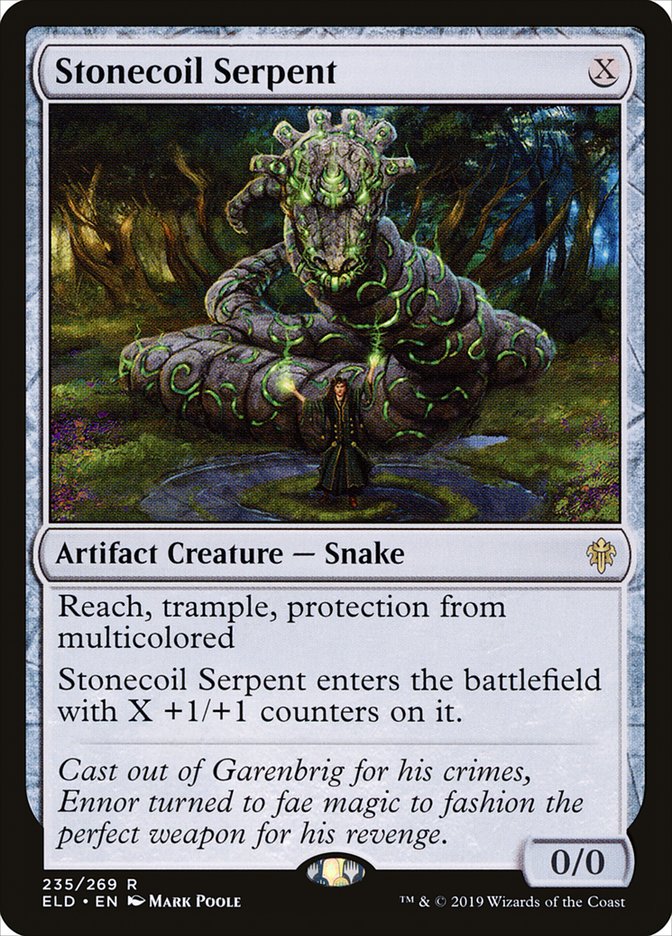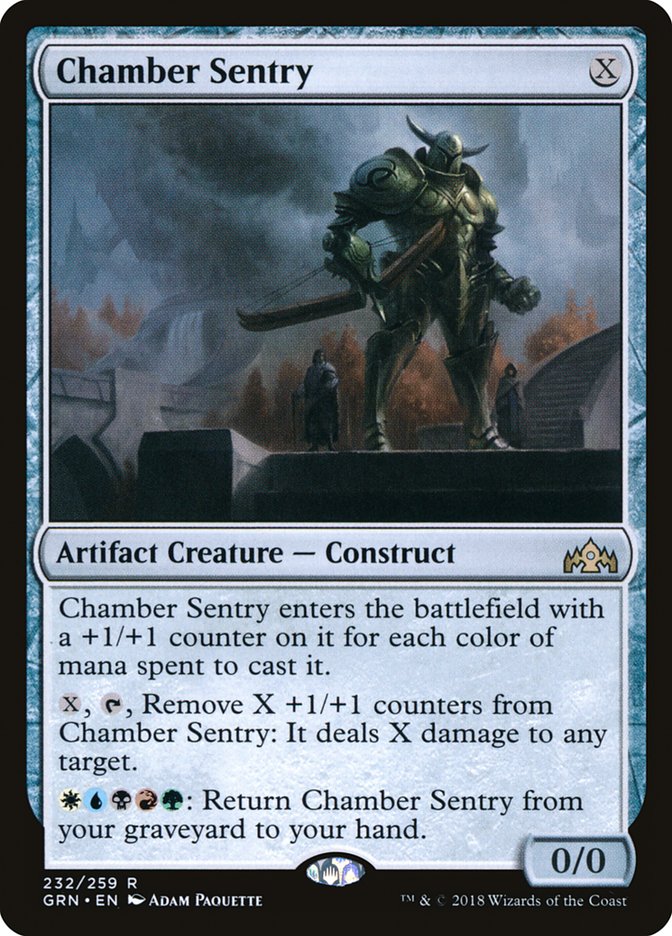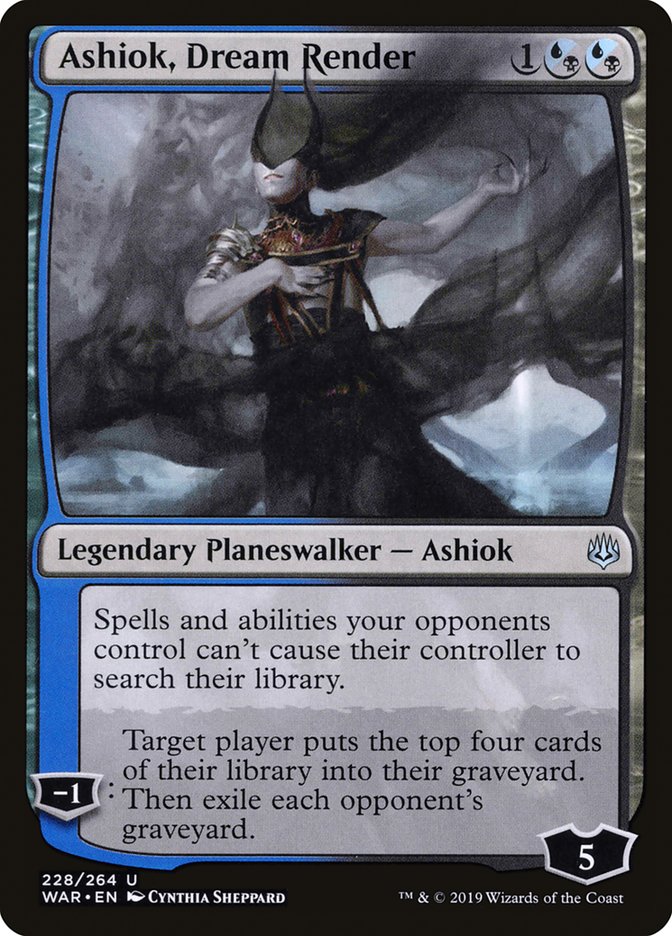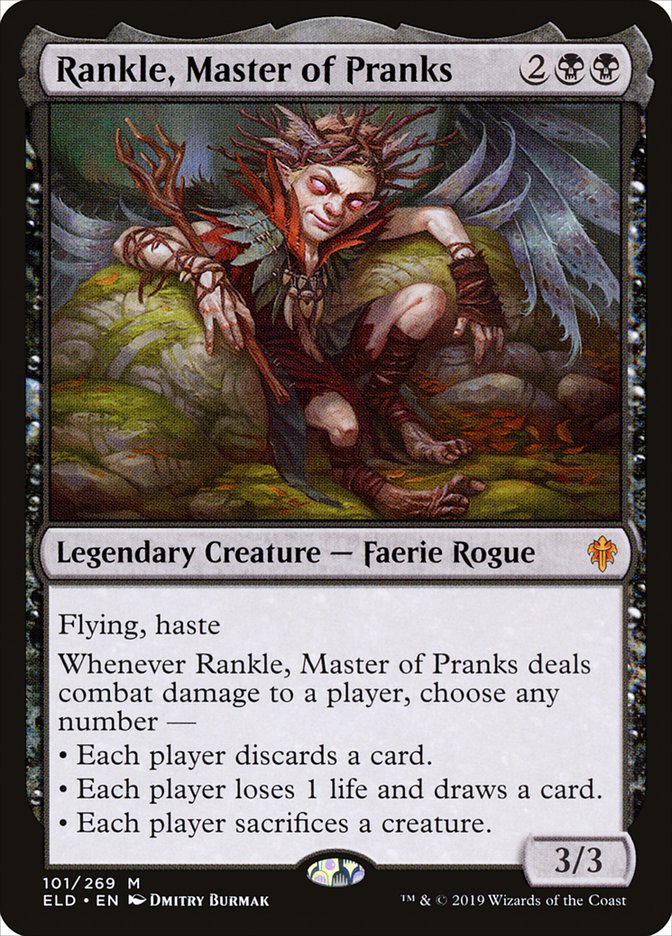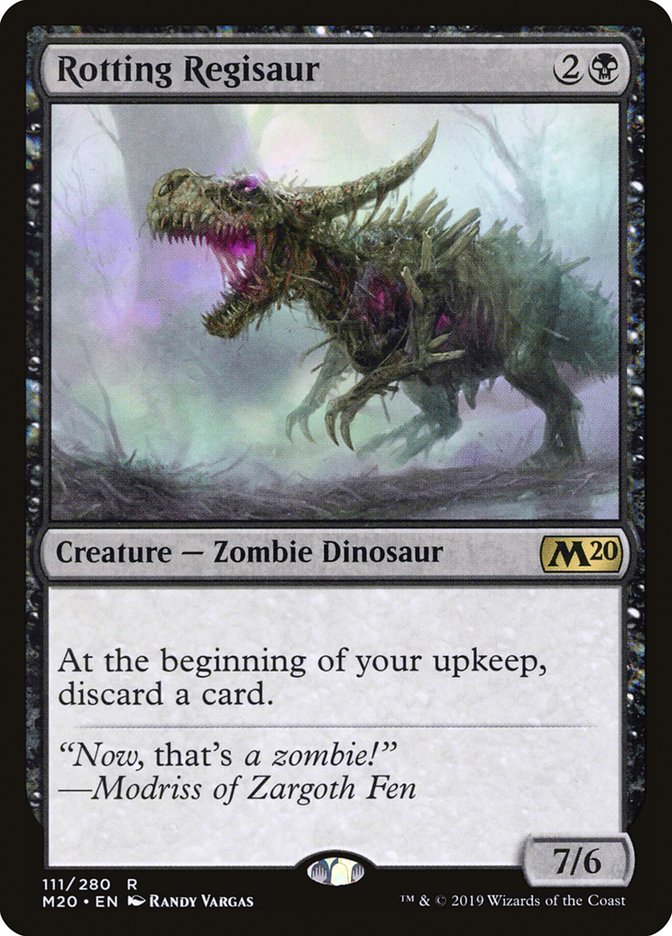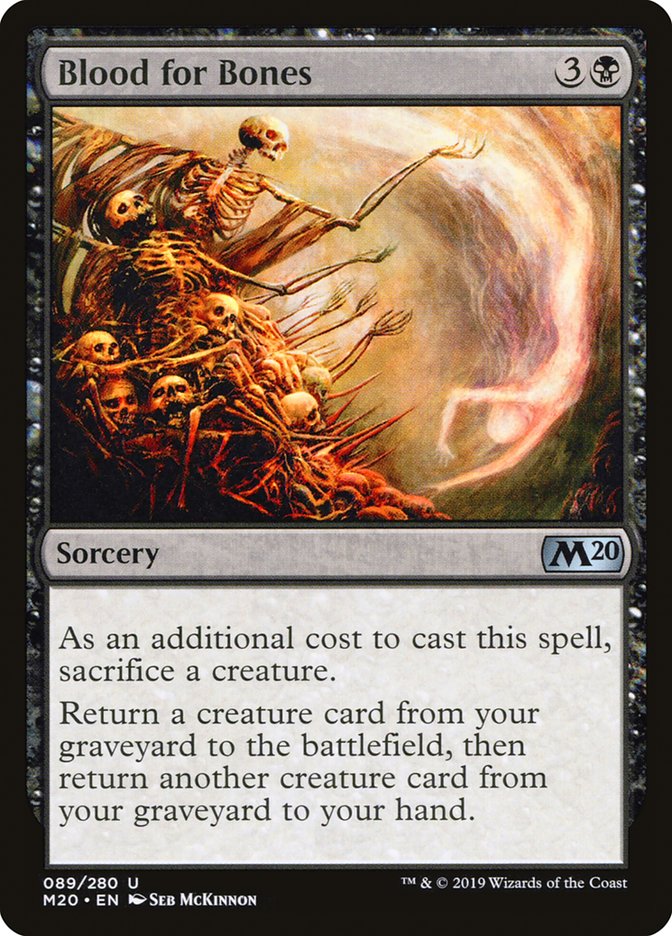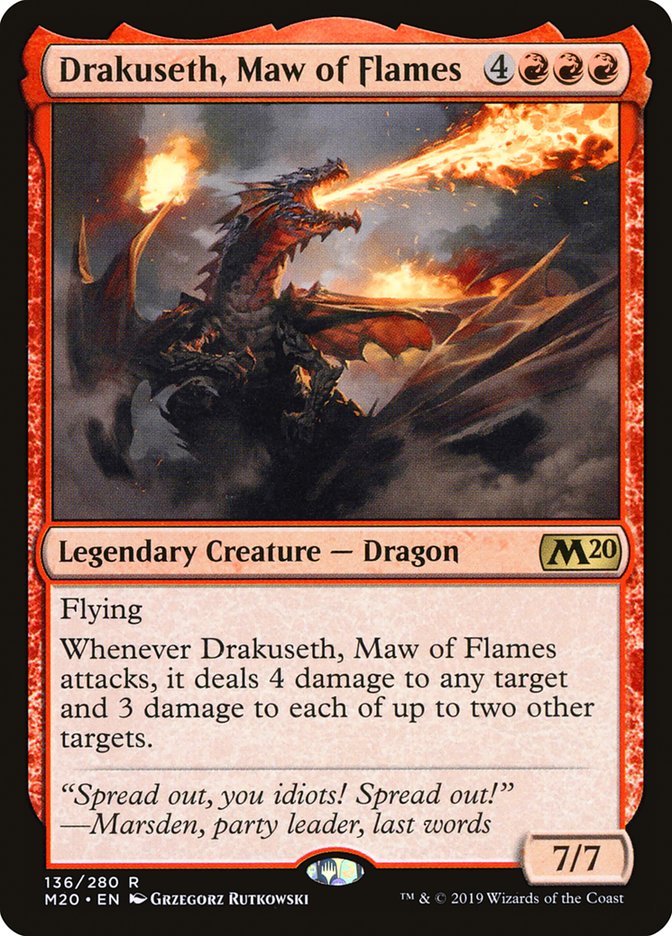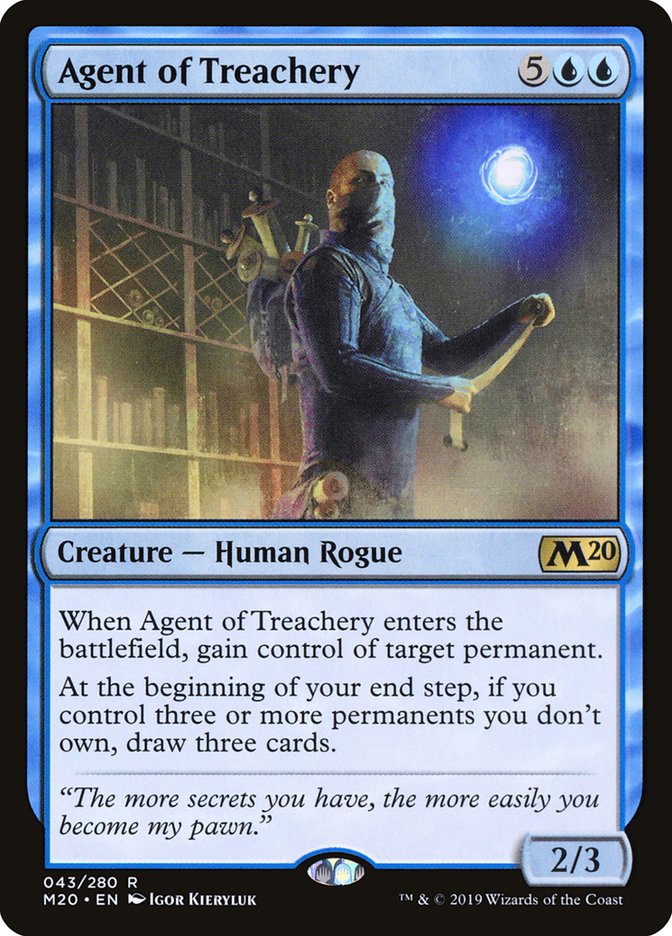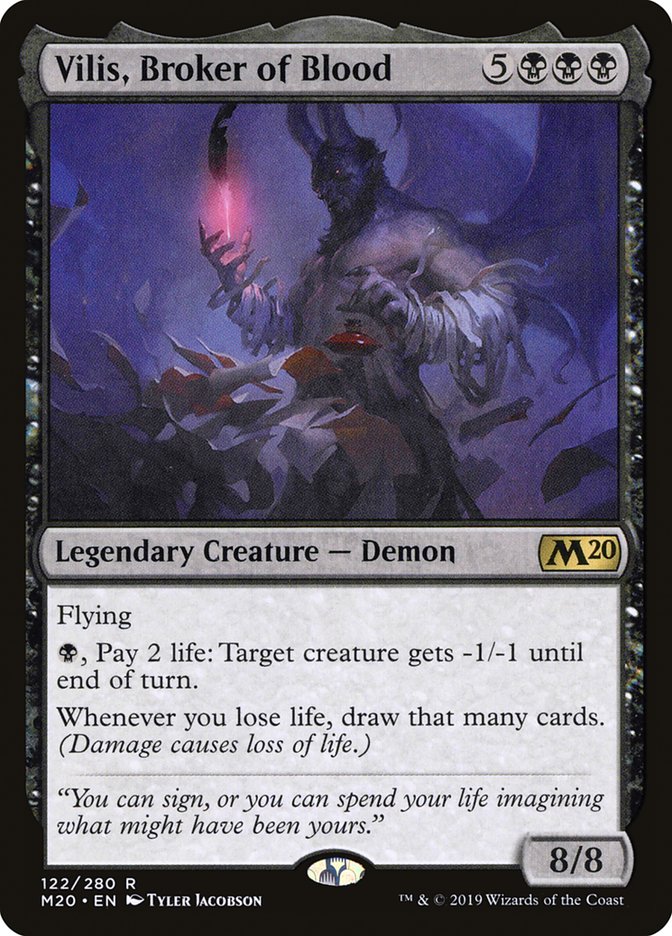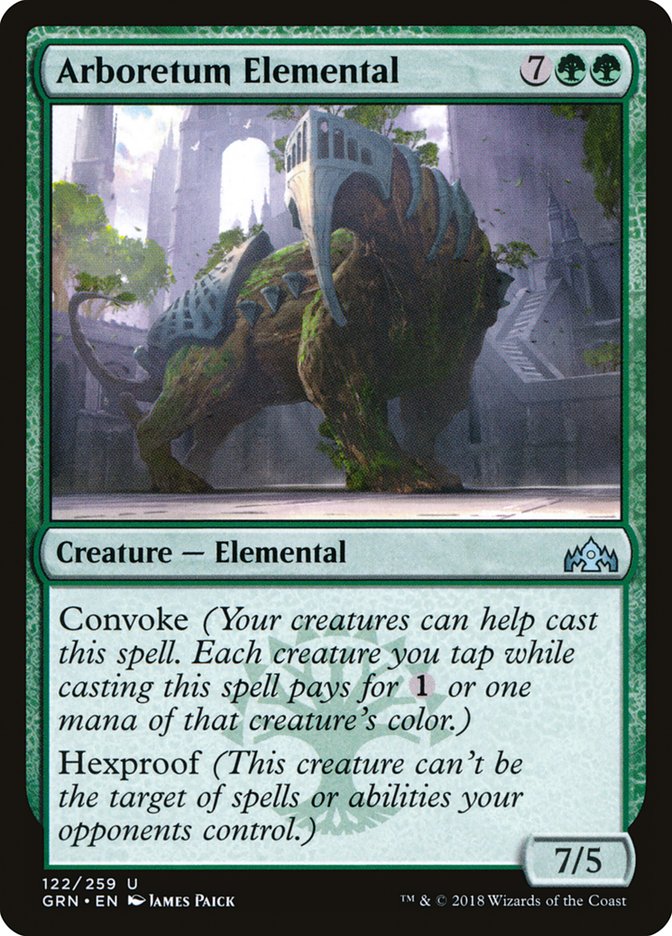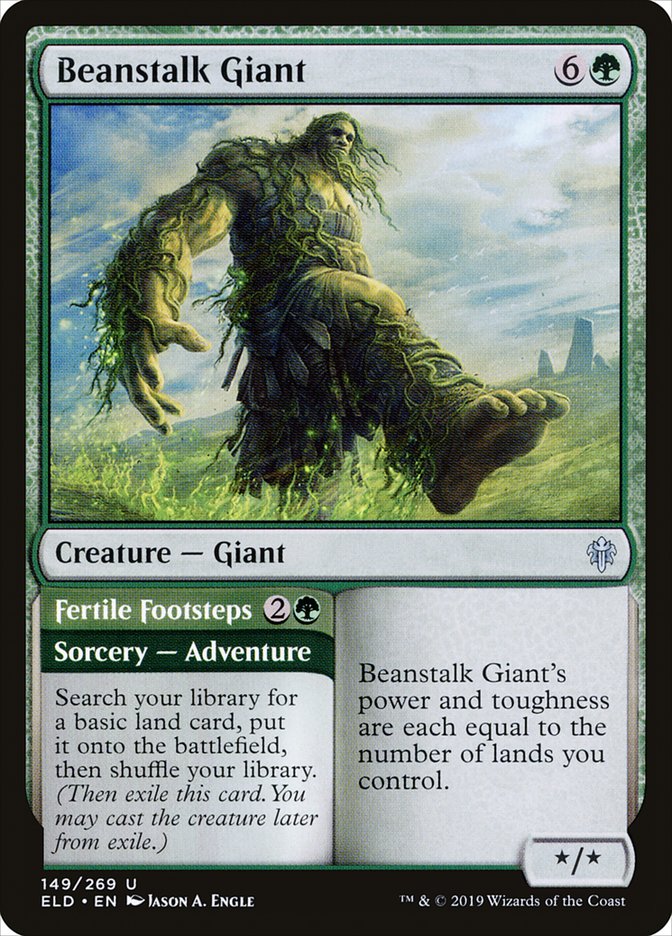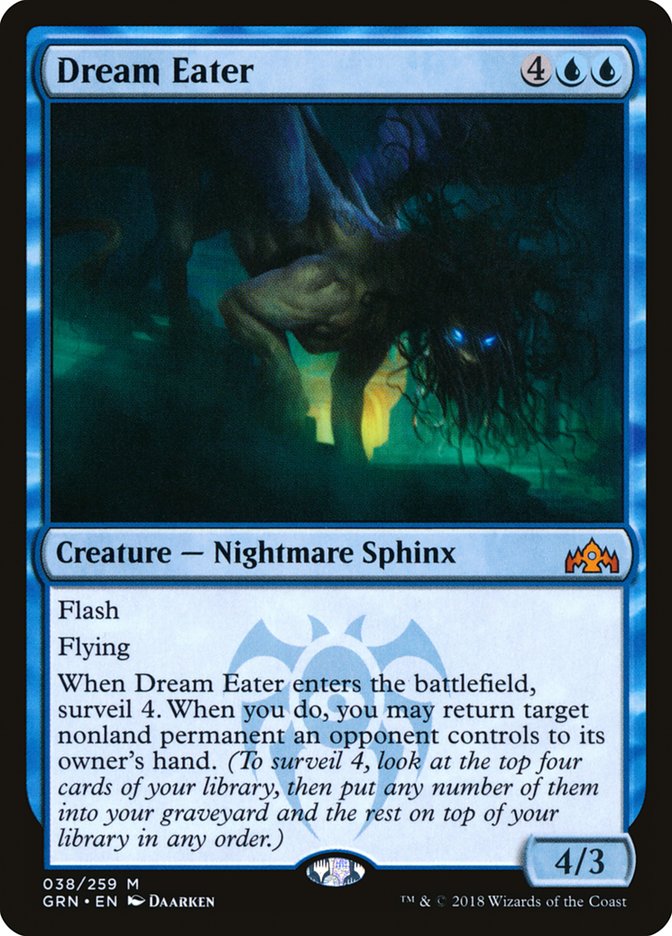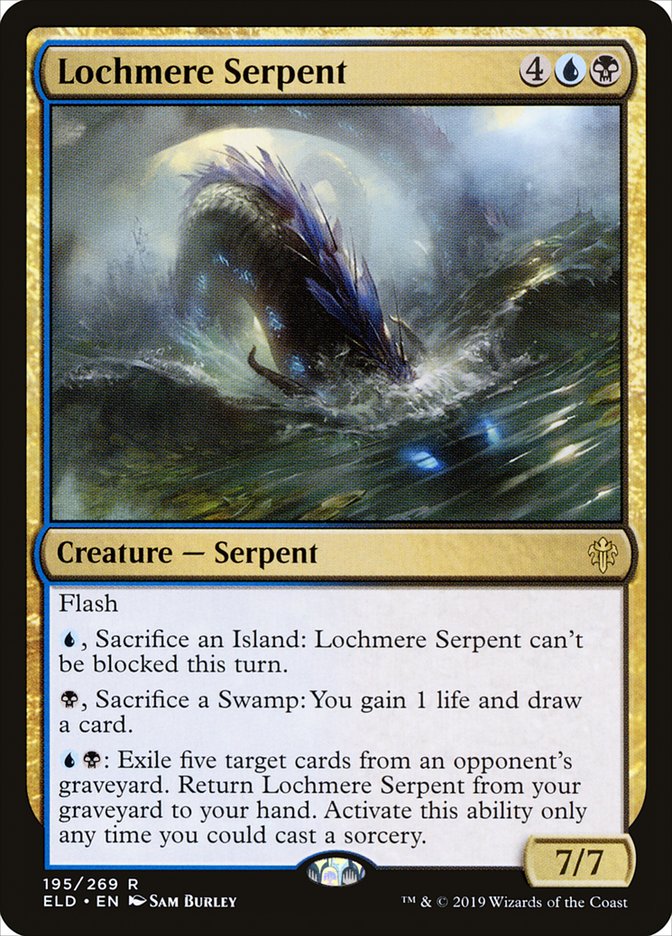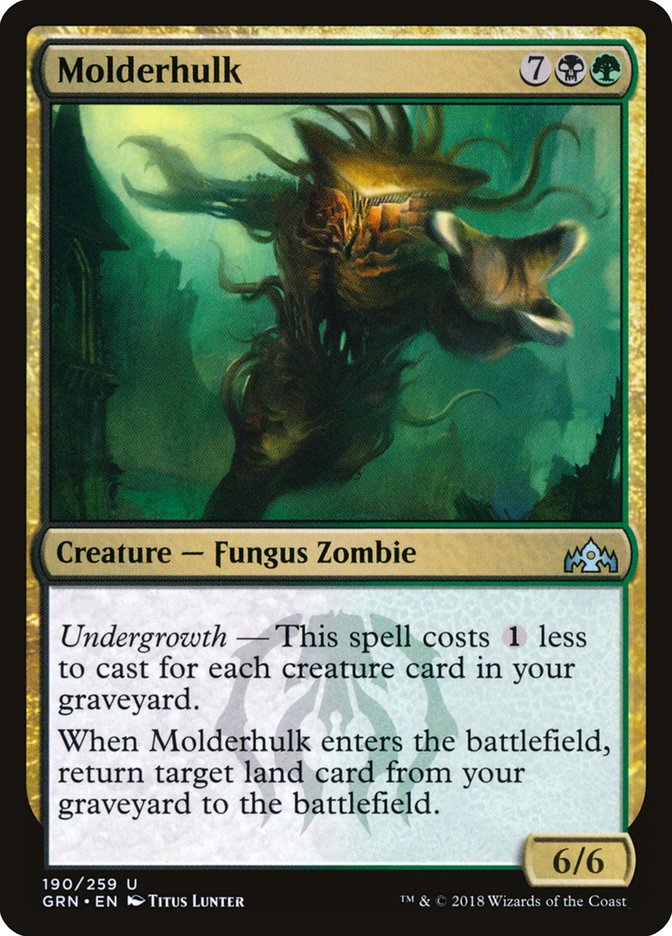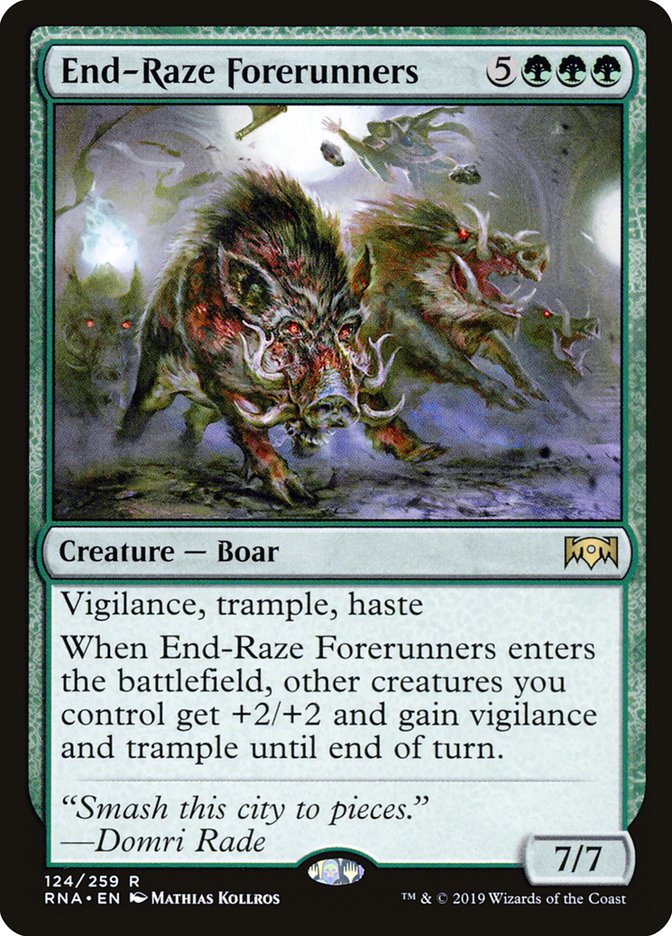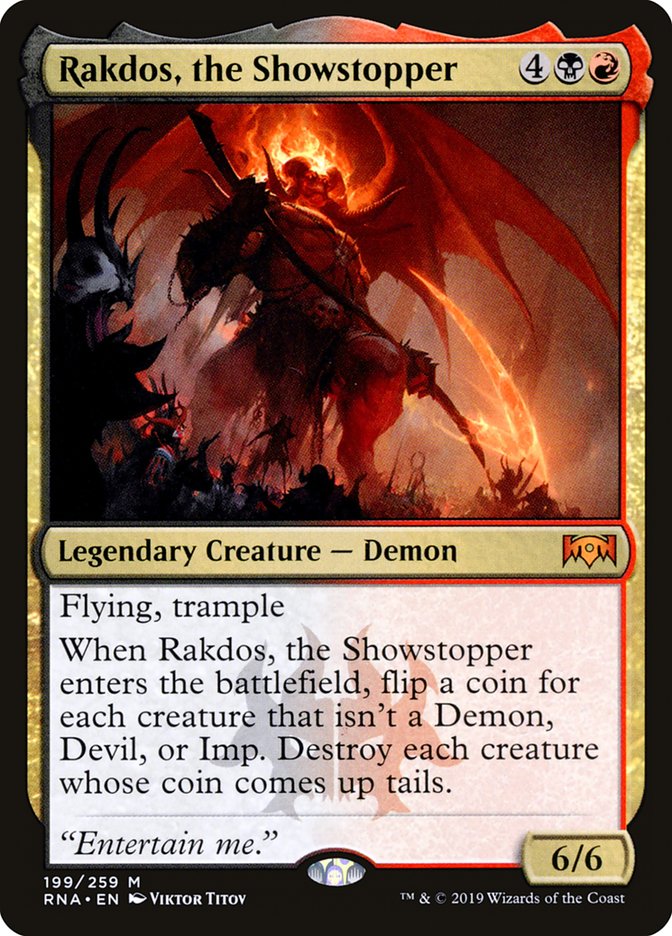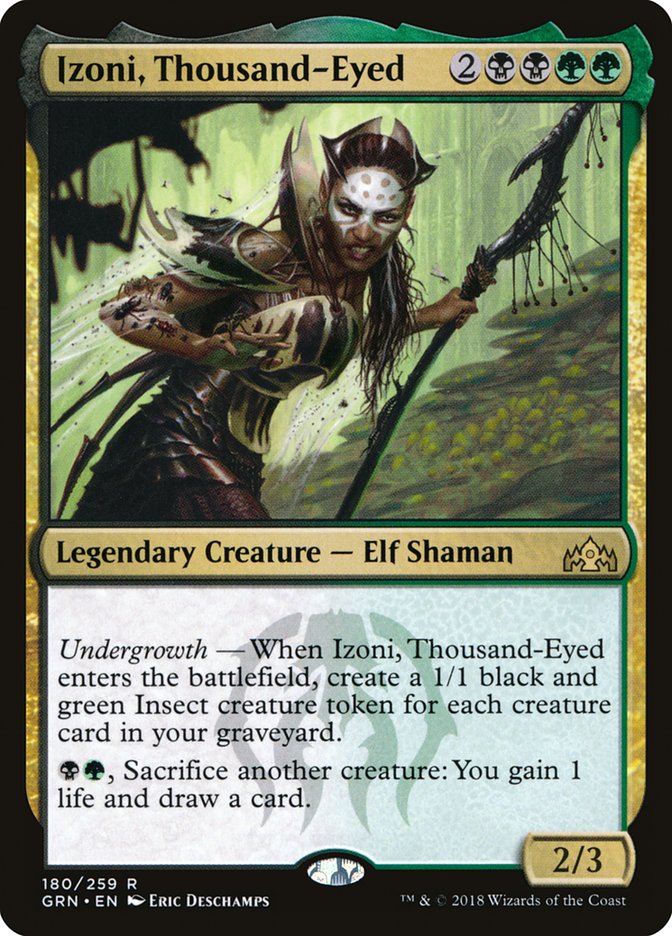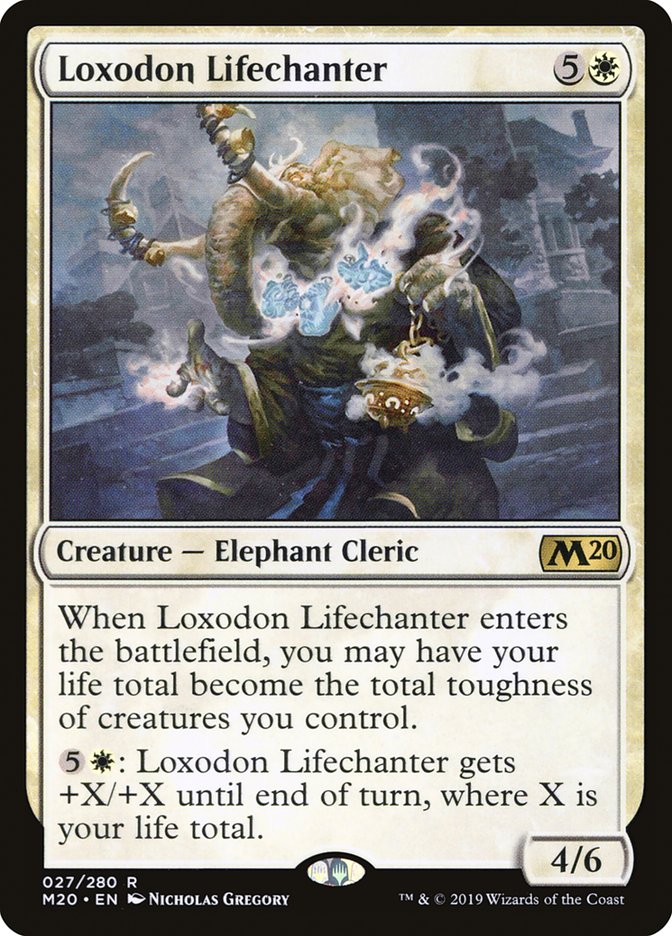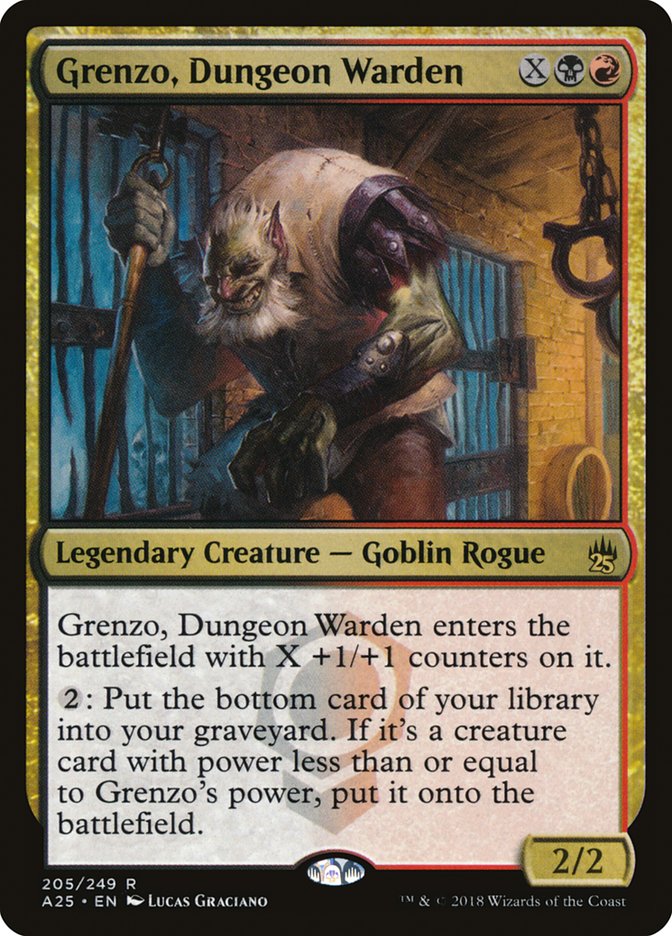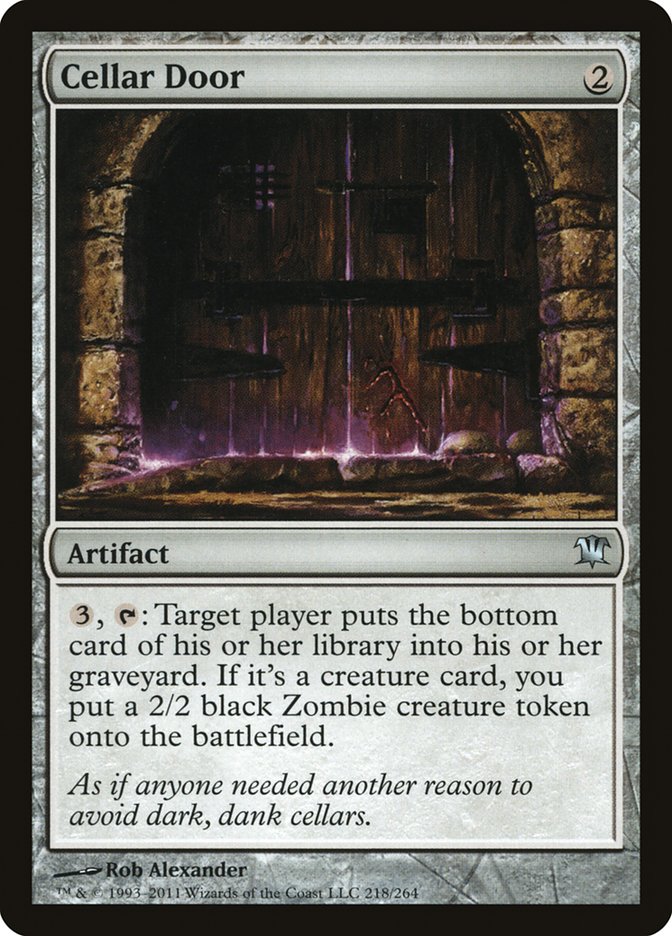Whip of Erebos sure has come a long way.
Brian Braun-Duin had the opportunity to preview the newest iteration of
repeatable reanimation.
Lastly, we have the king of them all, The Cauldron of Eternity
(art: @Morano44).
It's been often referred to as the Cauldron James of
reanimation…time will tell if it can live up to the name. pic.twitter.com/wPR9fLsZOi—
Brian Braun-Duin (@BraunDuinIt) September
16, 2019
If there’s anything we’ve learned in the past, it’s that this style of
effect isn’t the kind of thing that should be ignored. God-Pharaoh’s Gift
was a powerful Standard deck for the entirely of its life in the format,
Whip of Erebos saw significant play, and The Cauldron of Eternity has a
similar effect.
That mana cost in the top corner does a lot to say just how busted Wizards
of the Coast thinks The Cauldron of Eternity is, relative to its effects,
and with the number of ways to break it in half, it isn’t surprising.
The first step to making this card playable is simply enabling it. After
all, twelve, ten, or even eight mana are unlikely to be reasonable amounts
to pay for the first half of this spell up front. Luckily, there’s a
mechanic in Guilds of Ravnica that happens to be in the proper
colors and play in exactly this direction:
The surveil mechanic is exactly the kind of thing that plays well with The
Cauldron of Eternity. On top of that, because of how the mechanic itself
plays, it increases the odds of finding copies of the Cauldron.
The most difficult portion of building around The Cauldron of Eternity with
surveil is making sure that the cards being included are creatures; as
milling lands and noncreature spells isn’t really doing anything for the
Cauldron itself.
Unsurprisingly, there are cards in Throne of Eldraine that are
designed with filling the graveyard. Vantress Gargoyle is exactly the kind
of card that’s good at bridging the gap to casting The Cauldron of
Eternity, as well as stocking the graveyard in the time it takes to get it
online.
For decks that are all-in on the Cauldron itself, there are certainly
options that may not synergize well with other things, but are going to be
good at stocking the graveyard.
Gorging Vulture, in particular, isn’t impressive on its face, but it does a
job and does it reasonably well. Stitcher’s Supplier will longingly be
staring at The Cauldron of Eternity’s “missed connections” ad on
Craigslist.
Emry, Lurker of the Loch, on the other hand, opens up some interesting
avenues to explore.
The artifact creatures that are 0/0s with a converted mana cost of X are an
easy way to put Emry onto the battlefield a turn ahead of schedule. More
importantly, however, is the fact that these have the card type “creature.”
This means that casting one of these for zero will effectively be casting a
Dark Ritual towards the cost of The Cauldron of Eternity.
On the topic of cards that are good for very little past enabling Cauldron,
note that Ashiok allows its controller to target themselves. This means
that Ashiok is frequently going to be worth something to the tune of eight
cards being put straight from the library into the graveyard.
There’s even a sweet spot that comes from being able to fill the graveyard
while playing what feels like a natural game of Magic. Rankle, Master of
Pranks is an example of something that can serve as both a disruptive
element and a discard outlet.
If only there were a big creature that had a discard-related “drawback”…
With Core Set 2020, Blood for Bones was a card that got people’s
Reanimator gears turning, either to do grindy things or broken-big-creature
things, and now the card has the chance to serve as another layer of
redundancy in a B/X Reanimator deck.
The Targets
The next thing to look at is what creatures are immediately worth returning
to the battlefield.
Drakuseth, Maw of Flames is the easiest creature to find that’s good at
ending the game and locking down the battlefield. It attacks for upwards of
eleven damage per swing and is able to clear out creatures and
planeswalkers that would crack back. Unless something new gets previewed,
this will be the de facto big thing to reanimate.
Agent of Treachery is at a middle ground of
high-enough-mana-cost-to-warrant-cheating-onto-the-battlefield and grindy.
It puts it in an awkward spot where it won’t always be the best at closing
the game once it’s put onto the battlefield, but this means that it will
play better with something like The Cauldron of Eternity than it will with
Blood for Bones.
The reason for this is because the artifacts that reanimate creatures
multiple times are going to be more powerful the more turns that they’re on
the battlefield. This means that there’s an incentive to lean towards the
grindier side of creatures a good chunk of the time.
If simply having a never-ending supply of resources if the thing that
you’re most interested in, Vilis, Broker of Blood is near unmatched.
Putting Vilis on the battlefield against a control deck will absolutely be
game over. His casting cost is prohibitive, but this is one of the ultimate
things to put onto the battlefield with Cauldron of Eternity – it even
draws cards off future Cauldron activations!
Unimpressive in terms of abilities, but against a control deck, something
like Arboretum Elemental is going to be an absolute nightmare to beat, and
even has the side-effect of being easier to cast in a reanimator deck that
is forced to play a larger density of creatures.
Beanstalk Giant isn’t doing anything particularly impressive, especially if
it’s put onto the battlefield in the early turns of the game.
The thing that it does well, however, is that it’s a ramp spell in a deck
that plays with a pile of high-costed spells, that is also card type
“creature” whenever calculating the cost of The Cauldron of Eternity. This
means that it gets to be a spell, while also playing well with effects that
discard or mill cards.
Speaking of spells-that-are-creatures, Realm-Cloaked Giant gives the deck a
way to interact with what other players are doing while also technically
being a creature. Realm-Cloaked Giant is more powerful on its face than
Beanstalk Giant is but doesn’t have a clear role in the enablers-to-payoffs
relationship between the pieces of a synergy deck.
It’s difficult to say if either of these cards will ultimately end up in
the deck, but it’s an attractive option to have access to.
Dream Eater is on the cheaper side of things to cheat onto the battlefield,
but it has the benefit of being an enabler before The Cauldron of Eternity
comes down, with the highest surveil number we’ve seen so far.
On the topic of of cards that play well with The Cauldron of Eternity when
it doesn’t have a Cauldron, Lochmere Serpent comes to mind.
Its third activated ability is one of the most natural ways for deck to get
value out of the fact that it is mulching its library into the graveyard
but hasn’t been able to find another payoff card just yet.
A halfway point between Beanstalk Giant and the previous two cards that are
intended to be big enough to justify reanimating, while also functioning if
the deck’s in a fail state.
The card is fairly low impact overall, but in a deck that’s good at filling
its graveyard with creatures and interested in casting big things,
Molderhulk is a good option to keep in your back pocket.
Standard’s Craterhoof Behemoth. If Darkuseth is the best thing in a vacuum,
End-Raze Forerunners is the best “I win” button that’s available. In a deck
that’s going to need a pile of creatures as it is, there’s an implication
that there will be a good number of creatures on the battlefield. With just
four other creatures on the battlefield, End-Raze Forerunners is worth an
immediate fifteen points of power.
When slamming the door shut is the primary goal, look no further than this.
Struggling against a go-wide creature deck? Look no further than a creature
with a built-in pseudo-sweeper. Rakdos, the Showstopper has a
propensity to blow up in its controller’s face
, but against decks where chump blocking could happen a good bit, his
drawback isn’t as painful.
In a vein similar to Agent of Treachery, Izoni is just a card that’s great
at ensuring that its controller will always be ahead on creatures. This
deck is already in the market for filling its graveyard with creatures,
Izoni is happy to pay someone for doing so.
A bit more niche, but if the deck leaned into a deck that turtled up around
things like Barrier of Bones while trying to get The Cauldron of Eternity
online, Loxodon Lifechanter is a great way to make sure there’s enough life
left to pay The Cauldron.
All of this lays the basic groundwork for things to consider when building
an early Throne of Eldraine Standard deck with these cards. My
starting point with the deck will probably look something like this:
Creatures (28)
- 3 Dream Eater
- 4 Lazav, the Multifarious
- 4 Glowspore Shaman
- 4 Rotting Regisaur
- 2 Agent of Treachery
- 1 Vilis, Broker of Blood
- 4 Murderous Rider
- 2 Lochmere Serpent
- 4 Vantress Gargoyle
Lands (24)
Spells (8)

It may end up being that the splash for Glowspore Shaman isn’t worth it,
but a chunk of the lands being added are temples and shocks that would just
be basics otherwise. It will all come down to how good the aggro decks are
and how punishing it is to have worse mana for a bit more consistency in
the spell lineup each game.
All of this doesn’t even get into the wild things that can be done with The
Cauldron of Eternity in older formats.
Grenzo, Dungeon Warden, for example, is something that is happy to have a
bit of intel on what creature card is on the bottom of its controller’s
library.
I thought I’d be cold and in the ground before I ever had a reason to
unironically bring up Cellar Door in a strategy article, but having the
means to recur the same creature over and over is something that Cellar
Door can make happen with The Cauldron of Eternity.
Regardless of the specifics of the shell, The Cauldron of Eternity is
absolutely going to be a player for the duration of its time in Standard,
and there’s no time like the present to start getting ready for it. In the
fight of broken things-versus-not broken things, why not be broken?


